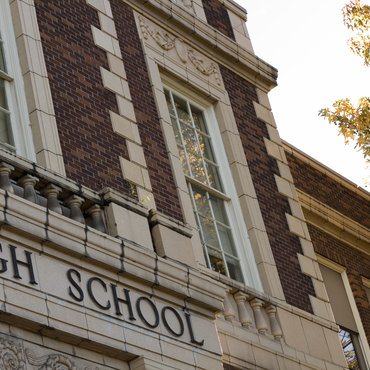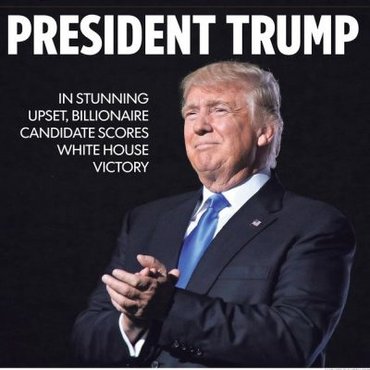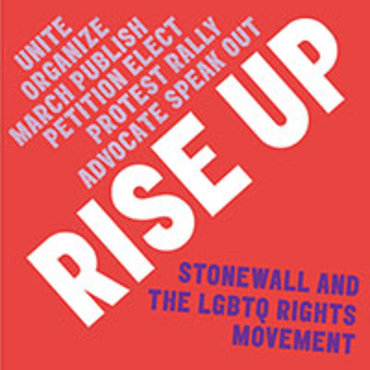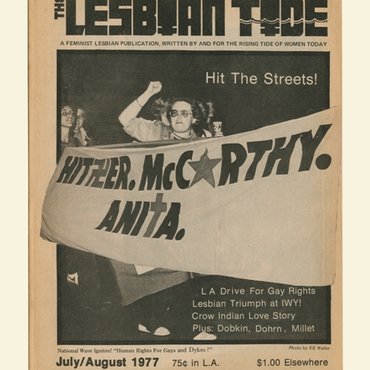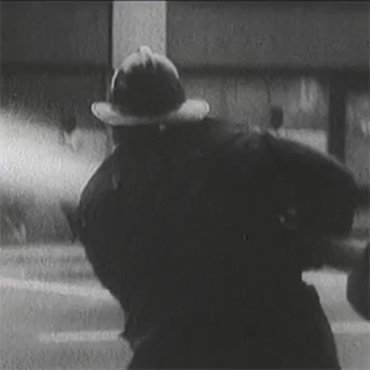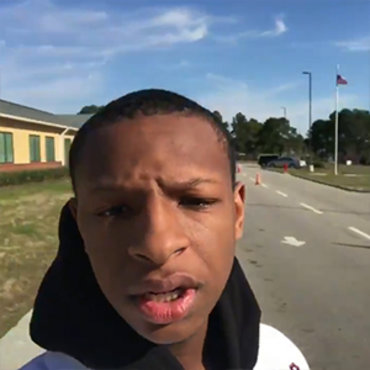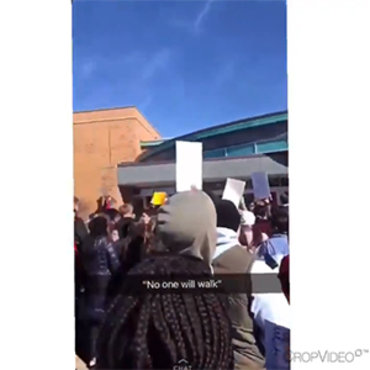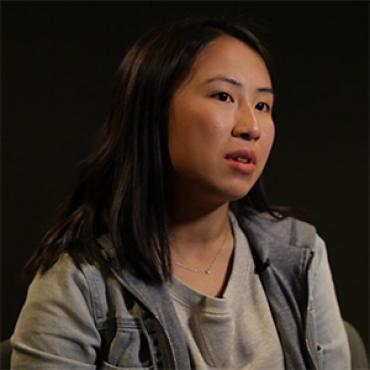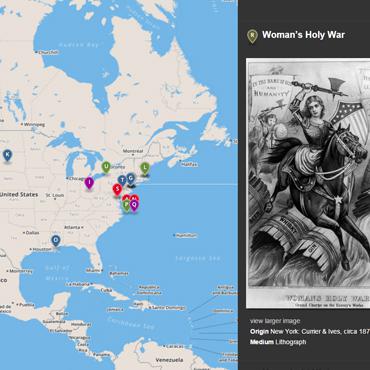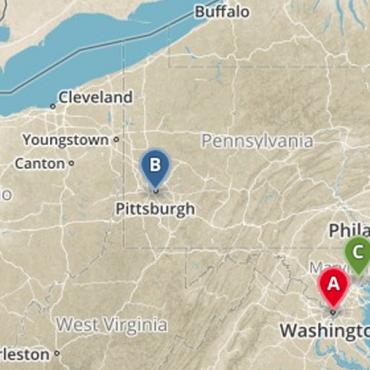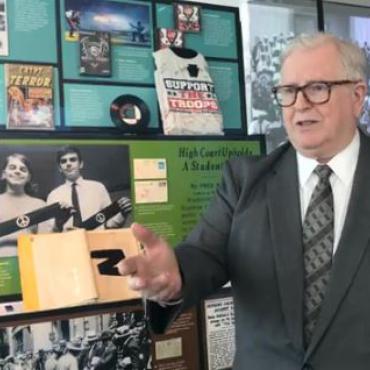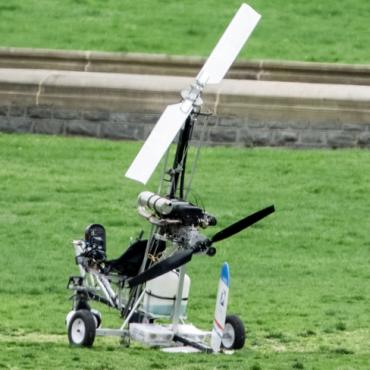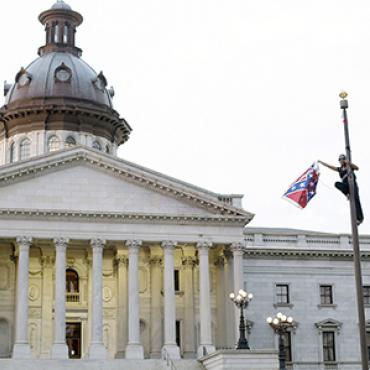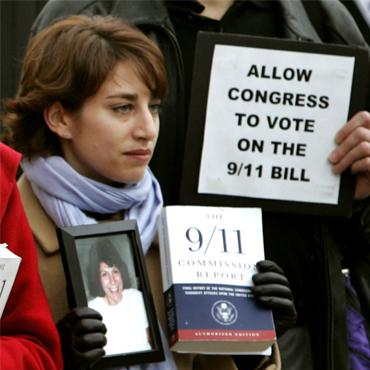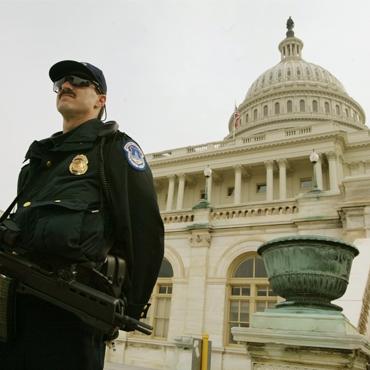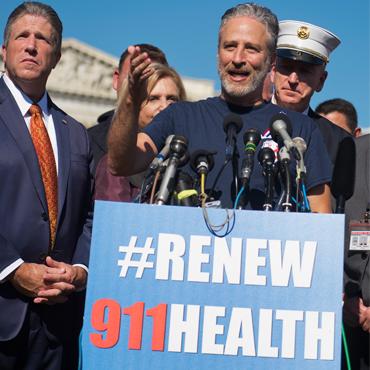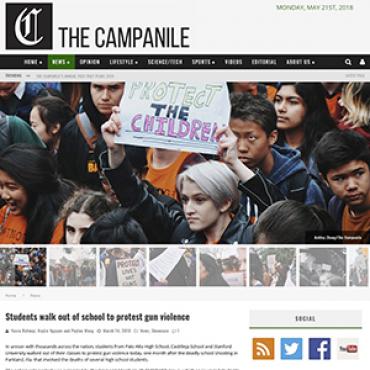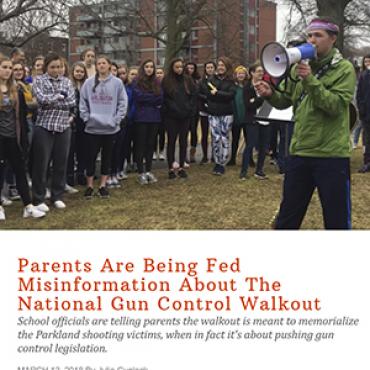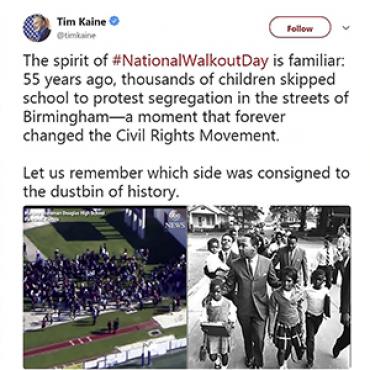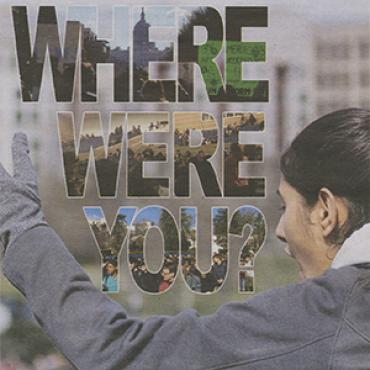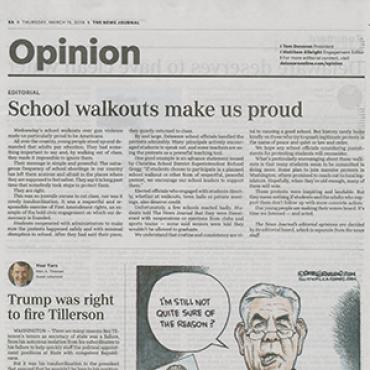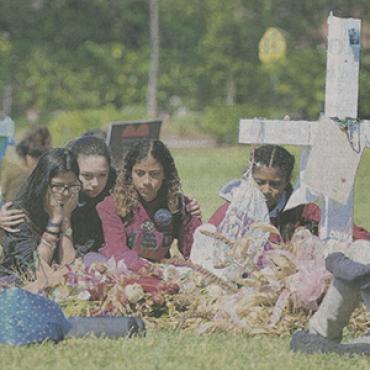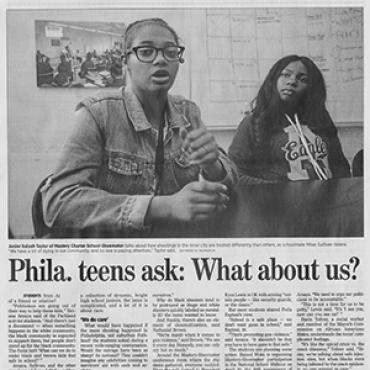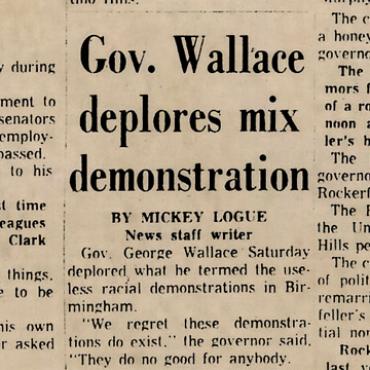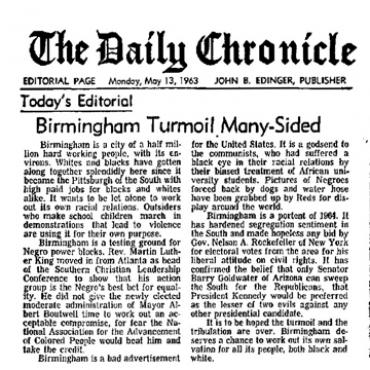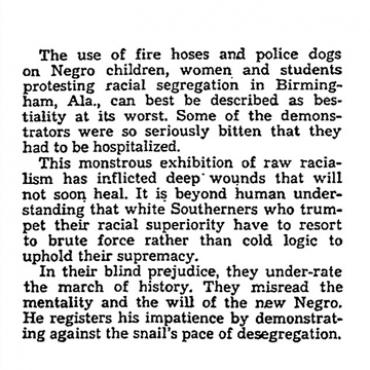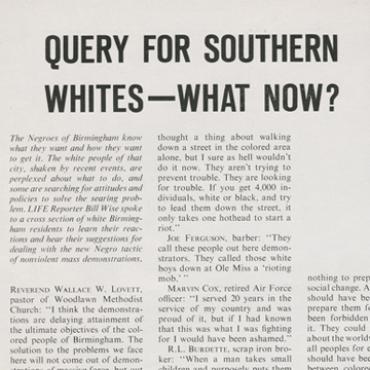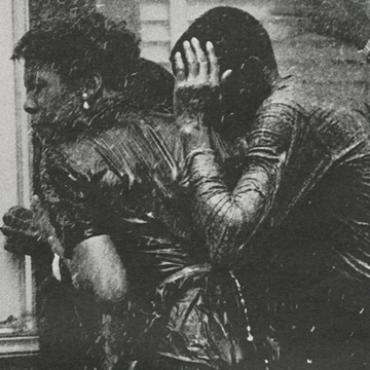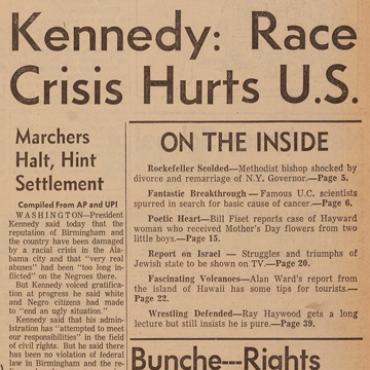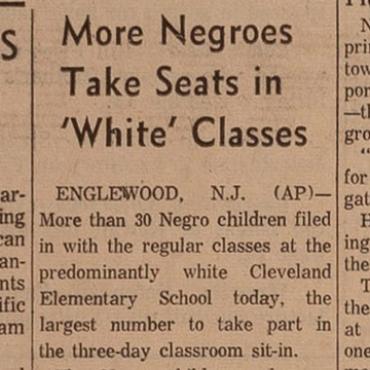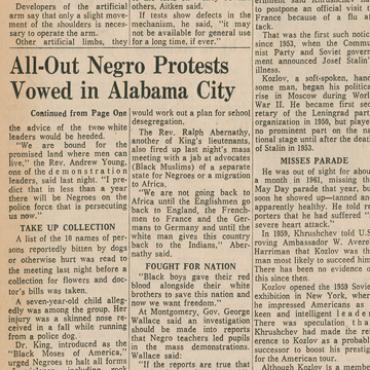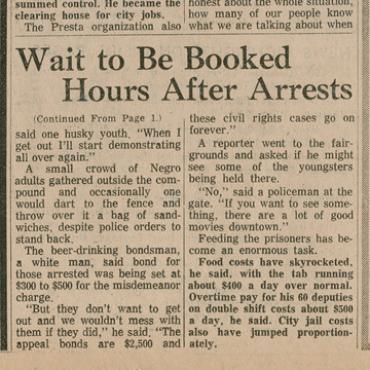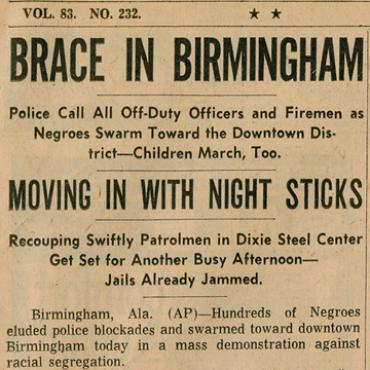
Today's Student Protests: A First Amendment Teachable Moment
Here are resources to examine current activism in the context of First Amendment freedoms and their role in a democracy.
The killings of 17 people at a high school in Florida has spurred a groundswell of student activism across the nation. As school districts wrestle with whether to support student walkouts and political engagement, NewseumED offers some tools — including a webcast with free-speech advocate Mary Beth Tinker — to make this a teachable moment.
This is a time to examine First Amendment freedoms and their role in a democracy where people have a right to speak out and petition the government for change. The challenge has always been how to exercise those rights respectfully and effectively, and knowing the limits.
It is also a time to look at how young people have stood up for causes in the past and demanded change through protest.
Below is a list of relevant resources and lesson plans that you can use in the classroom. Resources are divided into five categories: Mary Beth Tinker, media literacy, First Amendment fundamentals, historical connections, and teaching controversial topics.
(To access some of these resources, you must be signed into NewseumED; registration is free.)
Q&A WITH MARY BETH TINKER
Mary Beth Tinker joined NewseumED to discuss her landmark Supreme Court case, the power of the First Amendment and student activism. The hour-long presentation was streamed live and is now available for viewing here. Tinker and Lata Nott, executive director of the Newseum Institute’s First Amendment Center, fielded questions from students on-site and online. In 1965, Tinker, then a middle-school student, was punished for wearing a black armband to school to protest the Vietnam War. The Supreme Court ruled in her favor in a ground-breaking case that protected student speech in public schools when it’s not disruptive or impinges on other students’ rights.
- Free classes: The Tinker case is the foundation of our popular “You Can’t Say That in School?!” and “First Amendment and Tinker” classes taught at the Newseum and virtually to school groups. Students learn how far First Amendment protections extend in public school, and why limits may be necessary.
- Podcast: Listen to an earlier podcast with Tinker.
MEDIA LITERACY CONNECTIONS
There’s a flurry of stories and social media posts surrounding student demands for improved school safety and gun control laws. Some are intended to sow discord or spread false allegations and misinformation. In this climate, how do you know what’s accurate or credible? Use our extensive media literacy tools to help students evaluate sources, determine motive, and verify the information. Among them:
- Lessons and videos: Sharpen your information evaluation skills to be a savvy media consumer.
- Infographics with supporting lessons: Stop the spread of propaganda by recognizing its signs in our Weed Out Propaganda lesson, and use the Is This Story Share-Worthy? flowchart before you retweet, like or share information.
- Archived front pages: Browse 22 front pages with coverage of the National School Walkout to condemn gun violence and honor the 17 victims of the Parkland, Fla., mass shooting.
FIRST AMENDMENT IN ACTION
- Video: The Newseum Institute looks at the Founding Fathers’ intentions with the First Amendment and provides guidance on using those rights.
- Column: Are school walkouts protected by the First Amendment?
- Lessons: What are the limits of free speech, in school and outside of it? Explore the extent of student rights with these activities: Allowed or Not Allowed? and Introduction to the First Amendment: What’s a Violation?
- Free class: In You Can’t Say That?!, students learn about restrictions to freedom of speech in public life, then debate court cases that determined when and why those limits apply. Taught at the Newseum and virtually.
- Webinar for educators: Advocacy Amplified Through the First Amendment covers how activists in past social movements leveraged the power of First Amendment to bring about change, and applies their persuasive techniques to current issues.
HISTORICAL CONNECTIONS
Today’s Generation Z is not the first to raise their voices and demand change. Look back at how young people shaped history during the civil rights movement.
- EDCollection: Explore the interactive timeline in “Making a Change: The First Amendment and the Civil Rights Movement” to see how a new generation of student leaders in the early 1960s fought segregation by making their voices heard and exercising their First Amendment rights, and how police violence on Birmingham Children’s March participants was a turning point in the movement.
- Blog post: Collectively explore social movements and how groups, such as woman suffrage and civil rights activists, used the First Amendment to change society. What strategies and goals did they share? Why did some tactics succeed while others failed?

TACKLING CONTROVERSIAL TOPICS
- “From Provocative to Productive”: This resource packet features techniques for leading conversations about “third-rail” subjects with students.
- Case studies: Use any number of our case studies as starting points for discussions about forms of protest and challenges to the First Amendment.
- Quiz: Have students take our Buzzfeed-like quiz to discover their “freedom type” by answering timely questions on what liberties they’d sacrifice to keep our country safe. This is a good starting point for wider discussions on the First Amendment.

